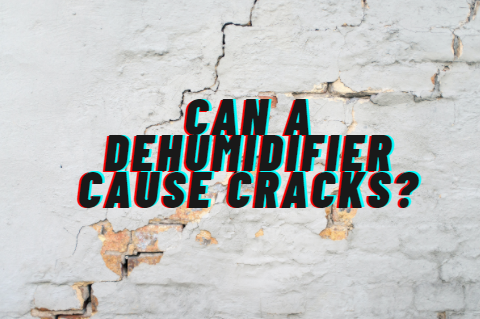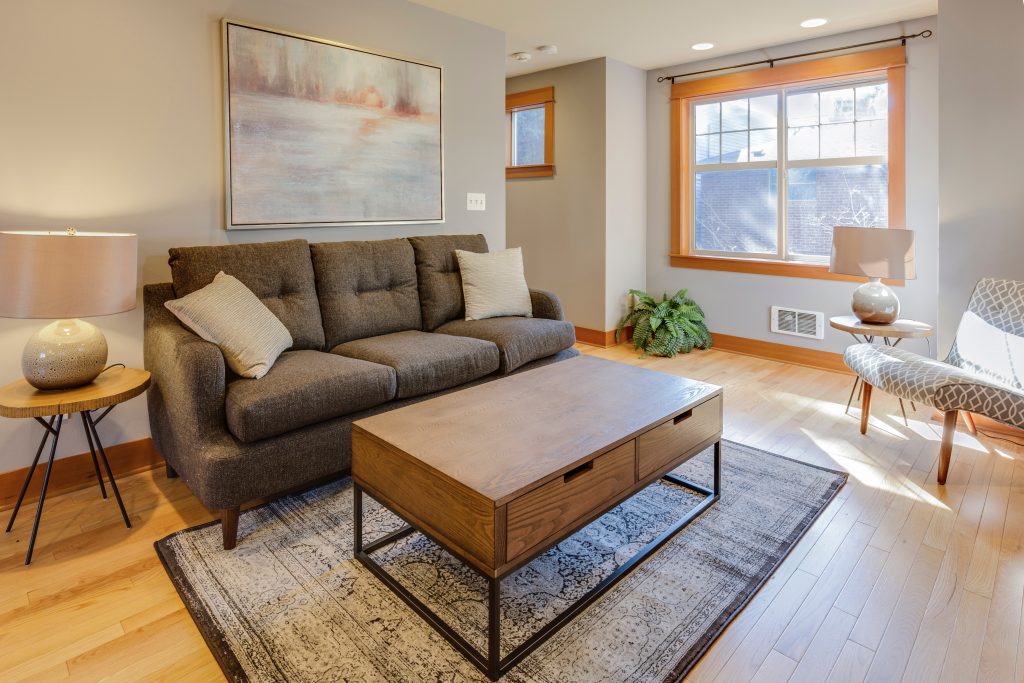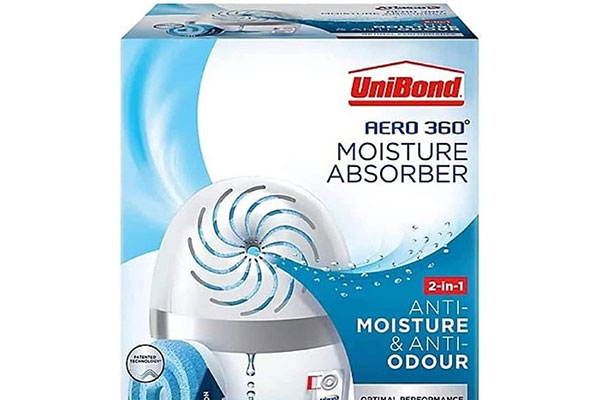Dehumidifiers lower humidity and absorb moisture, does this mean they can cause cracks in flooring, walls, plaster and paint? This is a very important question and it really depends on which material we are talking about. To thoroughly answer the question, we need to look at each type of material individually.
Dehumidifiers can cause cracks in materials such as wet plaster and paint. They will not cause cracks however in concrete floors, brick walls, etc. People think that using a dehumidifier will speed up the curing time of plaster and paint. This may be true, but not allowing plaster and paint time to cure properly can result in it being brittle when dry. For this reason, we do not recommend using a dehumidifier to speed up drying plaster and paint. You are safe to use a dehumidifier around materials like concrete, brick, tiles and cured plaster. These are very hard and small changes in the relative humidity will not cause any cracks.
Can a Dehumidifier Cause Cracks?
When it comes to flooring and walls, a dehumidifier is highly unlikely to cause cracks. As long as plaster and concrete are totally dry, a dehumidifier will have no effect. As we will cover below, it is very important to let materials like plaster and paint fully cure before using a dehumidifier. Simple household dehumidifiers would never be able to lower relative humidity enough to damage cured plaster or concrete. Cracks can naturally occur in homes over time and these can be wrongly attributed to dehumidifiers.
Should You Use a Dehumidifier to Dry Plaster?
We get asked this question a lot. Luckily, we have some connections in the building industry who have lots of experience with plaster. The consensus is that you shouldn’t use a dehumidifier to speed up the curing process of plaster. The longer plaster cures for, the harder it becomes. Vice versa, plaster that dries quickly can be very brittle. Plaster that has been left to cure also sticks to the wall better which further reduces the risk of cracks. Speeding up the drying process with a dehumidifier can result in brittle plaster. Brittle plaster is prone to cracking and flaking, something none of us want.
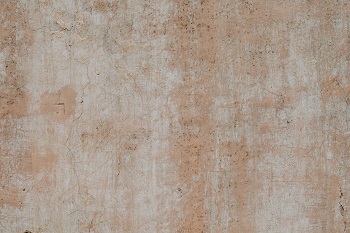
There are exceptions, however. In rooms where the relative humidity is over 60%, a dehumidifier set to 60% via the humidistat can be beneficial. As 60% relative humidity is on the upper end of normal, bringing humidity down to this level will not result in brittle plaster. To do this, we recommend a high-quality dehumidifier with a precise humidistat, you will find our personal recommendations in our best dehumidifiers guide. You don’t want to use a cheap dehumidifier with an inaccurate humidistat as it could result in an inaccurate reading and brittle plaster as a result. If in doubt, leave the plaster to dry naturally, maybe open a few windows or turn the central heating up a little.

Meaco MeacoDry ABC Dehumidifier
Ultra Quiet Dehumidifier and Energy Efficient
Can You Use a Dehumidifier In a Freshly Painted Room?
For similar reasons to drying plaster, we recommend that you don’t use a dehumidifier to dry paint. Paint takes time to cure, and you should strictly adhere to the manufacturers drying times and instructions. The longer paint has to dry, the better it will bond to the wall and show its intended colour. Using a dehumidifier to speed up the drying process could result in a brittle finish or defects in the final colour. For solvent-based paints, a dehumidifier would not work in any case as they do not absorb solvents.
If you want to speed up the drying process of paint, you can turn the central heating up a few degrees or point a fan at the area in question. This may speed the process up a little bit but we recommend that you don’t rush it and give the paint as long as it needs. Why go to all that effort painting only to ruin the final look by impatiently using a dehumidifier?
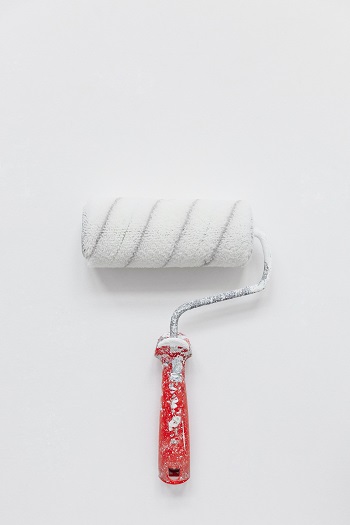
Can You Dry Wood Indoors With a Dehumidifier?
The short answer is yes, you can dry firewood indoors with a dehumidifier. We won’t include specialist woods or woods for building materials as this is not our expertise. Despite this, there is no reason you shouldn’t be able to dry out simple firewood indoors. We have previously covered how a dehumidifier can be used to dry clothes. Well, the process for drying wood is exactly the same. The dehumidifier will reduce the relative humidity of the air around the wood. The dry air then pulls moisture out of the wood.

Meaco MeacoDry ABC Dehumidifier
Ultra Quiet Dehumidifier and Energy Efficient
To make this work the wood and dehumidifier must be in an enclosed space. The smaller the better as it will be fewer cubic feet of air for the dehumidifier to dry out. Just pile the wood up in any kind of storeroom and leave it in there with the dehumidifier running at full blast. Please be aware that running a dehumidifier can sometimes be costly so please refer to our guide on dehumidifier running costs if this process interests you.

Final Thought
A dehumidifier will not cause cracks in floors and walls. But, it can cause wet plaster and paint to become brittle and crack. Don’t be worried about your dehumidifier cracking your floors and walls. Cured walls and floors would never crack as a result of a household dehumidifier. Wet paint and plaster are a different matter. These take time to cure and a dehumidifier can rush the curing process, causing defects. When the curing process is rushed plaster and paint become brittle. No one wants brittle plaster and paint! We hope you found this useful, please comment below if you have any questions.
Last update on 2025-02-28 / Affiliate links / Images from Amazon Product Advertising API

